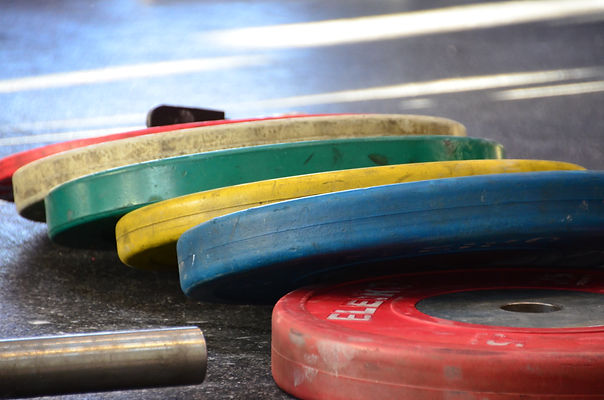I have been in Strength and Conditioning for just over 6 years now and some of the buzz words that parents, athletes, and coaches ask for again and again are quick feet, speed, agility, quickness, and to get faster. There’s no doubt about it, speed is a skill and can be trained. However, like all skills, speed consists of many components that must be trained in order for the skill to develop.
One of the trends in the industry was 1-hour speed and agility classes which because of the volume of work and lack of coaching, amount to a little more than an organized conditioning or babysitting session. This time could be better spent for athletes practicing the specific skills associated with their sports; i.e.: stick handling, throwing, dribbling, etc. However, it remains athletes want speed and agility training so there is a need to provide this service to them.

In my earlier time coaching I did put a lot of emphasis on packing as many drills, situations, and movements into each session. However, over the last few years I have begun to step away from this approach and develop the specific qualities that help to make someone faster in an attempt to train their speed. There are many factors which need to be addressed in order to specifically develop speed. Some of these qualities include: technique, relative strength, body composition and power.
Technique
It goes without saying that in order to be fast, an athlete is going to need proper speed mechanics. Being big, strong, and powerful is not going to matter a whole lot if the athlete cannot get into the desired positions to utilize these qualities. Time needs to be spent with athletes developing their movement technique. Athletes need to possess the pre-requisite coordination and mechanics to be fast. Some areas to develop this are listed below.
Arm Movement
Maintaining a dorsiflexed foot
Change of direction positions, shin angles, base of support, and center of gravity
Leg cycle
Posture
There are many more areas that can be addressed. However, the coach should be cognizant of all of these areas when coaching their athletes. Taking time to teach the athletes these fundamental skills early will pay dividends when it comes time to hit the field, track or court.
Relative Strength
If you want to get faster you need to, as Buddy Morris says, apply more MASS SPECIFIC force in ever decreasing increments of time. This means that in relation to the athlete’s body weight they will need to be able to apply high levels of force. The way to do this is to ensure that the athlete has great relative strength. Classic literature often discusses the need for a 2x body weight squat as a benchmark of relative strength for an athlete. The key take away from this classic terminology is that athletes should be aiming to be strong in relationship to how much they weight. This will translate into the ability to apply more MASS SPECIFIC force.
Body Composition
“If it looks right it will fly right” – Charlie Francis
Think about this quote for a minute. When engineers want to make a car go faster they can do either two things: increase the horsepower (strength), or decrease the weight of the materials it is made out of (body composition). Any athlete looking to get faster will need to decrease their body fat percentage. By doing this, you are changing your relative strength levels positively which we have already established is a key component in getting faster.
Power
Power is developed in a base of strength. This is an important concept: if the athlete’s maximal strength is low, then their ability to generate power maximally will also be low. Once athletes have attained a high level of relative strength, they should shift their focus onto one that involves more power training. While reading over the notes from a conference I attended a couple of years ago, I came across the rule of squat. Essentially it breaks down the focus of training depending on the relative strength of the athlete.
Rule of the Squat:
Squat 0-1x Bodyweight x 5 reps = Strength 100% Power 0%
Squat 1-1.5x Bodyweight x 5 Reps = Strength 80% Power 20%
Squat 1.5-2x Bodyweight x 5 Reps = Strength 40% Power 60%
Obviously this guideline is not set in stone, but it does give an interesting point of view for how important the development of strength is in the pursuit of power.
Wrapping Up:
It remains that speed, agility and quickness training are going to be the buzz words in athletic training. However, the strength coach should be aware of the pitfalls of organized conditioning sessions, and move towards a more specific training plan centered on the component of speed if they would really like to see their athletes FLY.


Comentarios